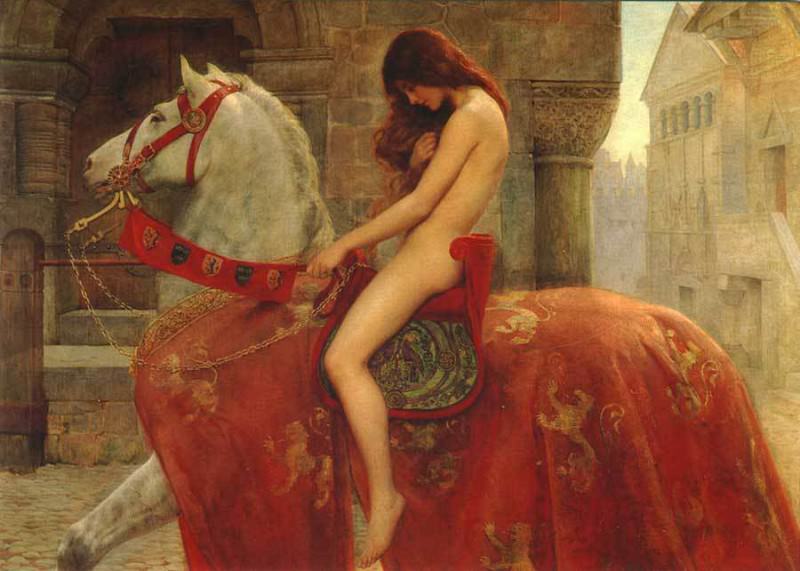Discover the Intricate World of Etcher Art
Etcher art, a captivating form of printmaking, offers a window into a world of delicate lines and profound expression. At its core, etching is a technique that involves incising a design onto a surface, traditionally copper or zinc, and then transferring the image onto paper. This method, celebrated for its precision and depth, has evolved over centuries, continuing to captivate artists and art lovers alike.
The Historical Evolution of Etcher Art
The roots of etcher art stretch back to the 15th century, with its inception during the Renaissance period. The process began with artists using acid to etch their designs onto metal plates, a technique that allowed for intricate detailing and rich tonal variations. Over time, the craft of etching has undergone significant transformation, yet it remains deeply rooted in its historical origins. The Renaissance masters, such as Albrecht Dürer and Rembrandt van Rijn, played pivotal roles in popularizing this art form, pushing the boundaries of what was possible with each new etching.
The Etching Process: A Blend of Technique and Artistry
The etching process involves several meticulous steps that require both technical skill and artistic vision. Artists begin by applying a thin layer of acid-resistant material, known as a ground, onto a metal plate. This layer acts as a barrier, protecting the areas of the plate that will remain untouched by acid. Using various tools, artists then scratch or draw through this ground, exposing the metal beneath. The plate is then submerged in an acid bath, which etches the exposed areas, creating the desired design.
Once the etching is complete, the plate is cleaned and inked. The ink is carefully worked into the etched lines, ensuring that it adheres to the grooves created by the acid. After wiping off the excess ink, the plate is pressed onto a sheet of damp paper using a press. The result is a print that captures the intricate details of the original design, with a depth and texture that is unique to etching.
The Artistic Appeal of Etcher Art
Etcher art stands out for its ability to convey both delicate and dramatic effects. The fine lines produced through the etching process allow for a level of detail that is hard to achieve with other printmaking techniques. This precision enables artists to explore a wide range of expressions, from the subtle gradations of light and shadow to the bold contrasts of dark and light.
One of the most appealing aspects of etching is its versatility. Artists can create a variety of textures and effects by altering the depth and intensity of the etching. The ability to layer ink and manipulate the plate allows for a dynamic range of outcomes, making each print a unique piece of art. Additionally, the process itself is deeply satisfying, combining technical skill with creative exploration.
Modern Interpretations of Etcher Art
In contemporary art, etching continues to be a popular medium, embraced by both traditionalists and innovators. Modern artists have expanded the boundaries of etching by experimenting with new materials and techniques. Some artists incorporate elements of digital technology, blending traditional etching with modern digital prints to create hybrid works that push the envelope of what etching can achieve.
Contemporary etchers also explore themes that reflect current societal issues and personal experiences. This approach ensures that etcher art remains relevant and engaging, offering fresh perspectives and new narratives. The fusion of traditional techniques with modern concepts keeps the art form vibrant and evolving, reflecting the ever-changing landscape of contemporary art.
The Role of Etcher Art in the Art Market
Etcher art occupies a significant place in the art market, appreciated for its craftsmanship and aesthetic appeal. Collectors and galleries value etchings for their rarity and the skill required to produce them. Each etching is often considered a limited edition, adding to its desirability and value. The intricate nature of the work means that prints are often highly sought after, particularly those created by renowned artists.
Moreover, the unique qualities of etcher art make it a favorite among art enthusiasts. The depth and texture of each print, coupled with the historical significance of the medium, contribute to its allure. As a result, etcher art commands a respected position within both private collections and public exhibitions.
The Future of Etcher Art
Looking ahead, the future of etcher art is bright, with continued innovations and explorations expected to shape its evolution. As artists and technologists collaborate, new possibilities for etching techniques and applications are emerging. The integration of digital tools, experimental materials, and cross-disciplinary approaches promises to expand the horizons of etcher art, offering exciting new directions for artists to explore.
The enduring appeal of etching, combined with its capacity for adaptation and innovation, ensures that this art form will continue to inspire and captivate audiences for generations to come. The intricate beauty of etcher art, rooted in a rich historical tradition, remains a testament to the enduring power of artistic expression.




